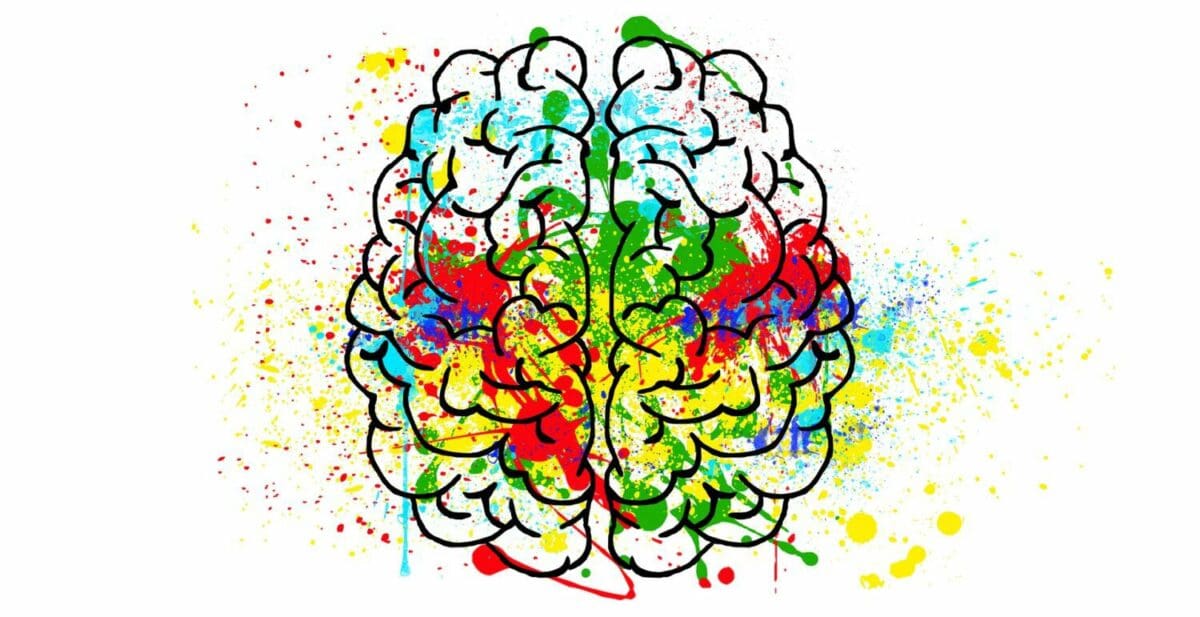
Decatastrophizing
March 8, 2022 in Educate Yourself
Cognitive distortions describe patterns of thinking that skew from the reality of a situation in a negative way. We have talked about different types of cognitive distortions as well as the importance of challenging them before. Although commonly experienced, cognitive distortions stretched to their extremes contribute to psychopathology.

One form of cognitive distortion is catastrophizing. Catastrophizing occurs when small problems or concerns are made massive and fully believed. For example, you may have done worse on an exam than you hoped, and you now think that the semester is ruined and you’re a failure. Another example is if your friend didn’t text you back, and now you think they hate you and you’re worthless. The key with catastrophizing (and most cognitive distortions) is that small, often ambiguous problems are stretched to their worst extremes, believed in, and wreak havoc on our mental health.
Fortunately, we can stop catastrophizing in its tracks by asking ourselves some self-reflecting questions and challenging our skewed beliefs about what is happening in our lives. This paves the way for a more accurate, and less distressing, perception of reality.
As part of cognitive behavioral therapy (CBT), you may work on decatastrophizing in the following ways.
First, you want to ask yourself what you are worried about.
We can use the exam example above: you did worse than you hoped you would do, and you feel like the semester is ruined and you’re a failure. This is what you’re worried about.
Next, consider the validity of this concern—is it true?
You want to look for supporting evidence here. This is not a matter of distorted worries and beliefs, but what’s actually happening. Did you do worse than you hoped, but still okay overall? How are your other classes going? Do you understand the material, or need help with it? Asking reality-probing questions like these cuts through our worries and reaches the truth of the matter. It is likely that doing worse on an exam once or even twice does not mean that your whole existence is a failure.
Next, try a thought experiment
If looking for the evidence behind your skewed beliefs doesn’t suffice, you may do a thought experiment: your worry comes true, what’s the worst that could happen? Maybe you fail all your classes, waste a lot of money in college, and disappoint your family. Here you are indulging in the worst of your worries to see where they ultimately take you, and it’s often negative and distressing. Thought experiments like these help you to clarify your distorted thinking and see the negative and skewed outcomes of it.
Think about what happens if your worries come true
After considering the worst that could happen, consider what is most likely to happen if your worries came true. This helps bring you back to reality. It is more likely that doing worse on one exam does not mean that everything is going downhill. You will likely have multiple chances to redeem yourself, plenty of help to succeed, and people who care about your success no matter what happens.
Finally, think of the chances that you’ll be okay, even if your worries come true
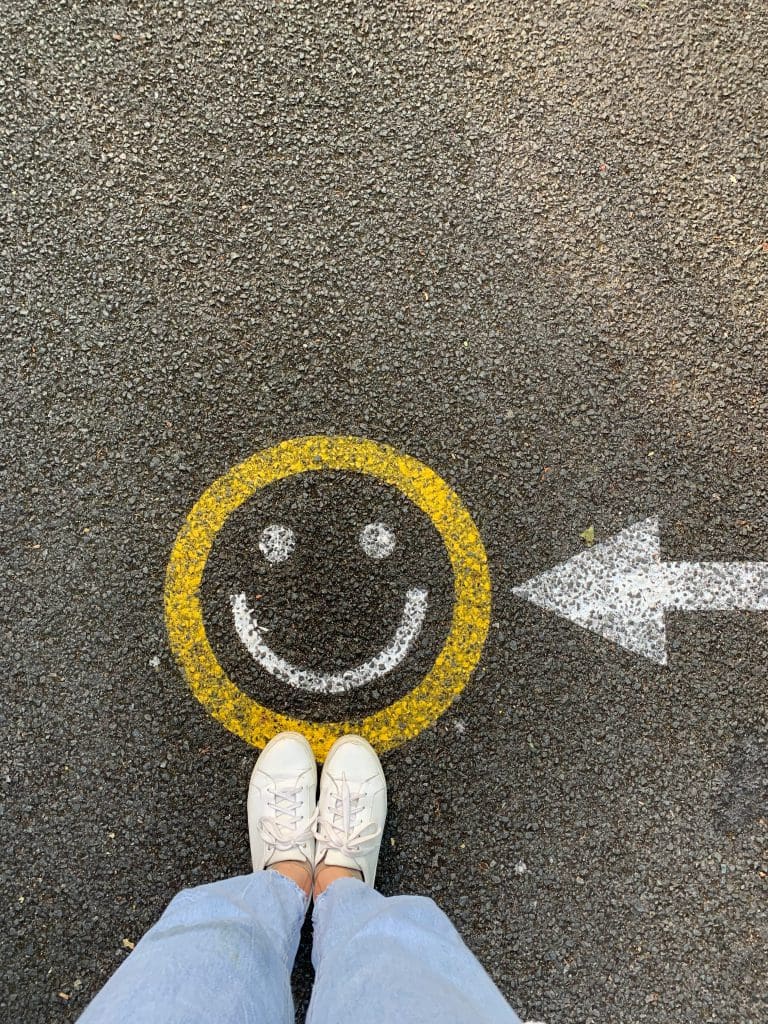
As a final way to cut through your catastrophizing anxiety, you may consider the chances that you’ll be okay if your worries came true. After doing poorly on an exam, you may think immediately that your world is ending. Maybe in a week you will still feel awful. But what about in a month? Or a year? Or five years? A lot can happen in that time and doing poorly on one exam will likely be irrelevant by then. You will likely find that, in time, you will be quite okay despite how badly you feel right now.
Catastrophizing is a cognitive distortion that can cause a lot of trouble in our lives. It is vital to untwist our thinking to find greater peace in our minds. By questioning our thoughts and beliefs in the ways mentioned above, we will be less controlled by cognitive distortions and freer to be more fully ourselves despite temporary situations.
What are your thoughts about catastrophizing and decatastrophizing? Can you think of other examples of catastrophizing and how you might challenge the cognitive distortion? Why is it important to question our thoughts and beliefs?

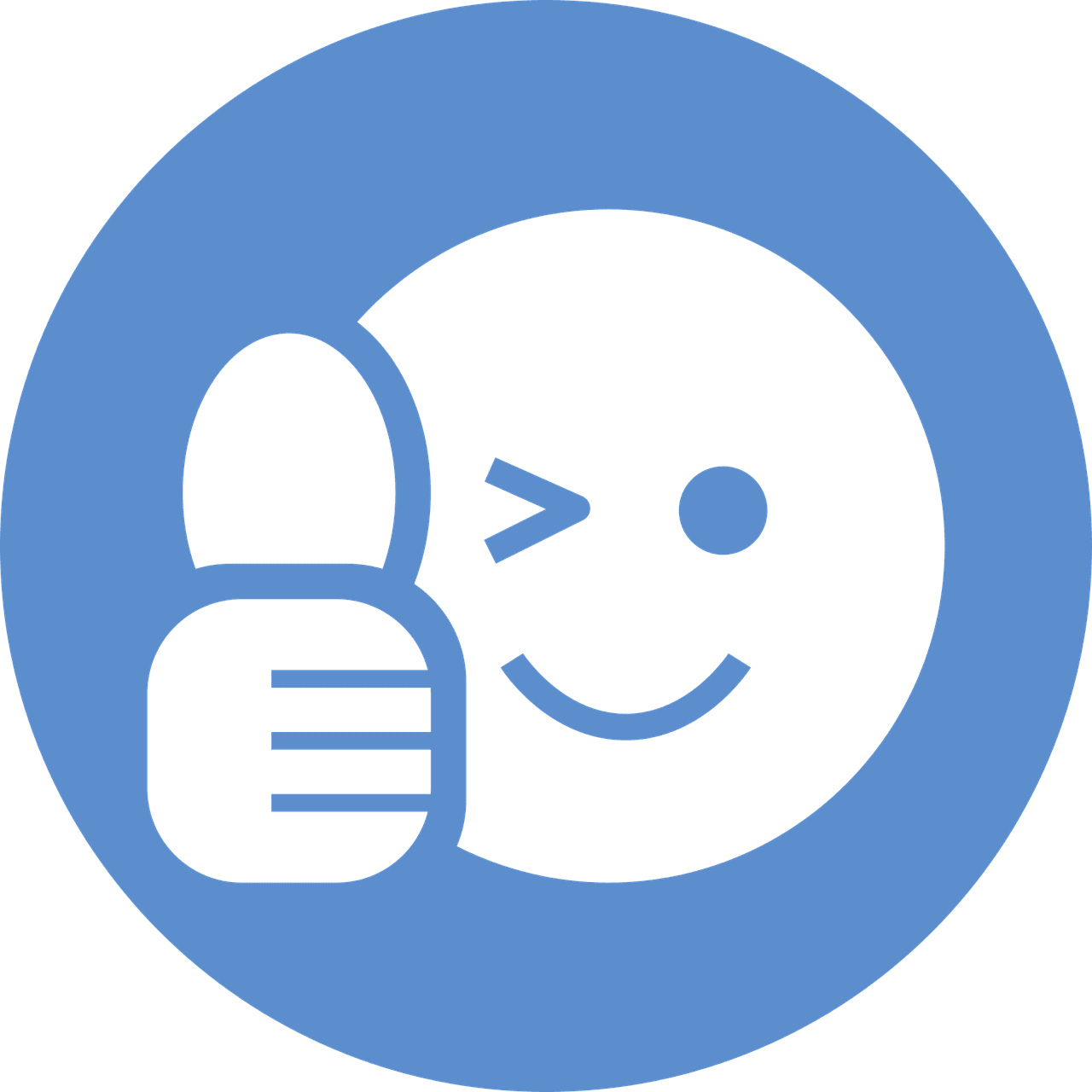


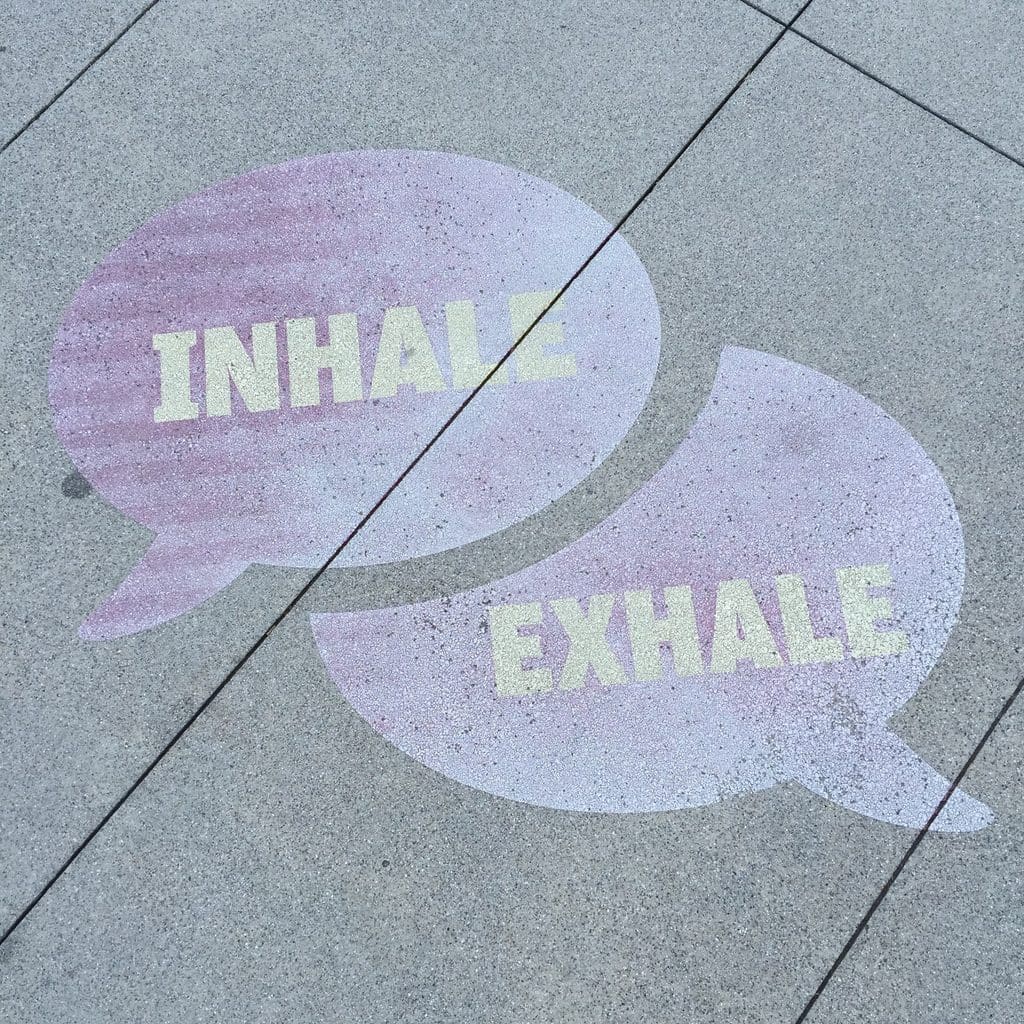

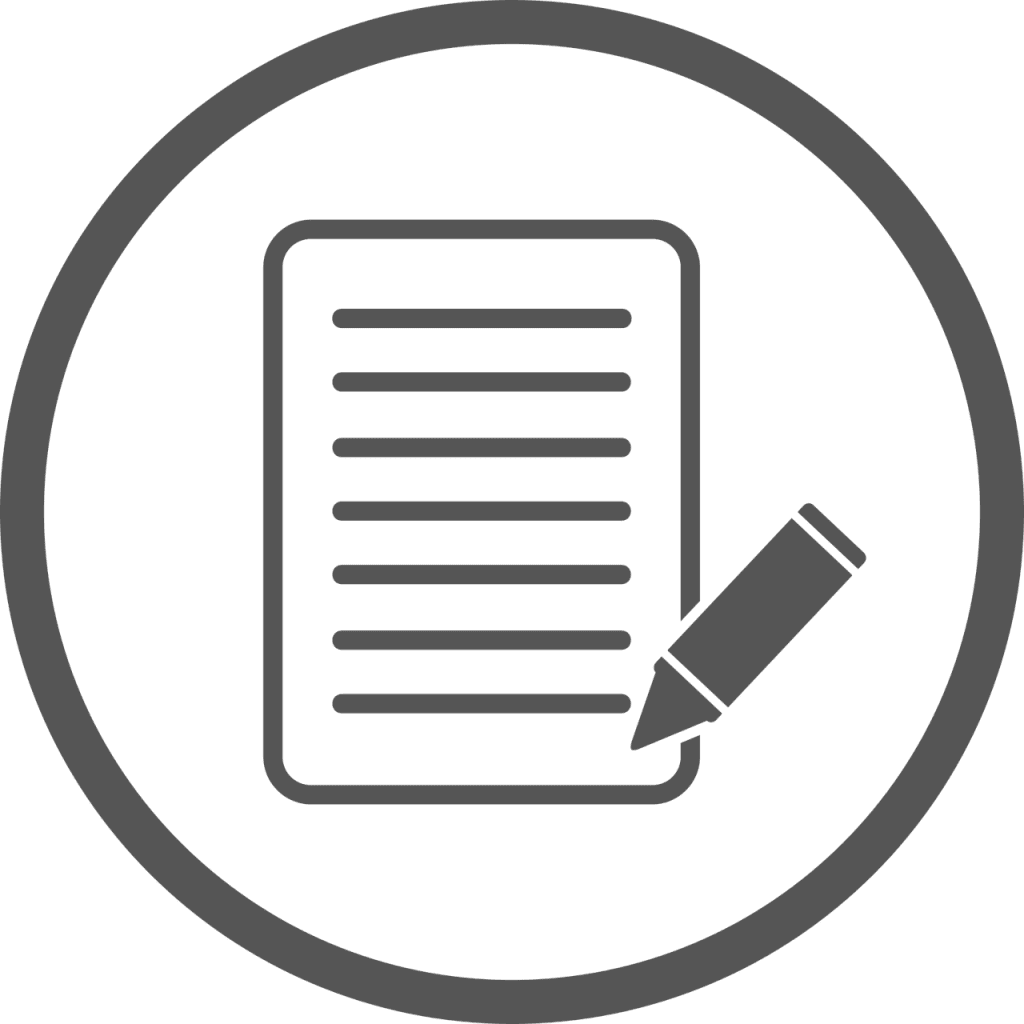



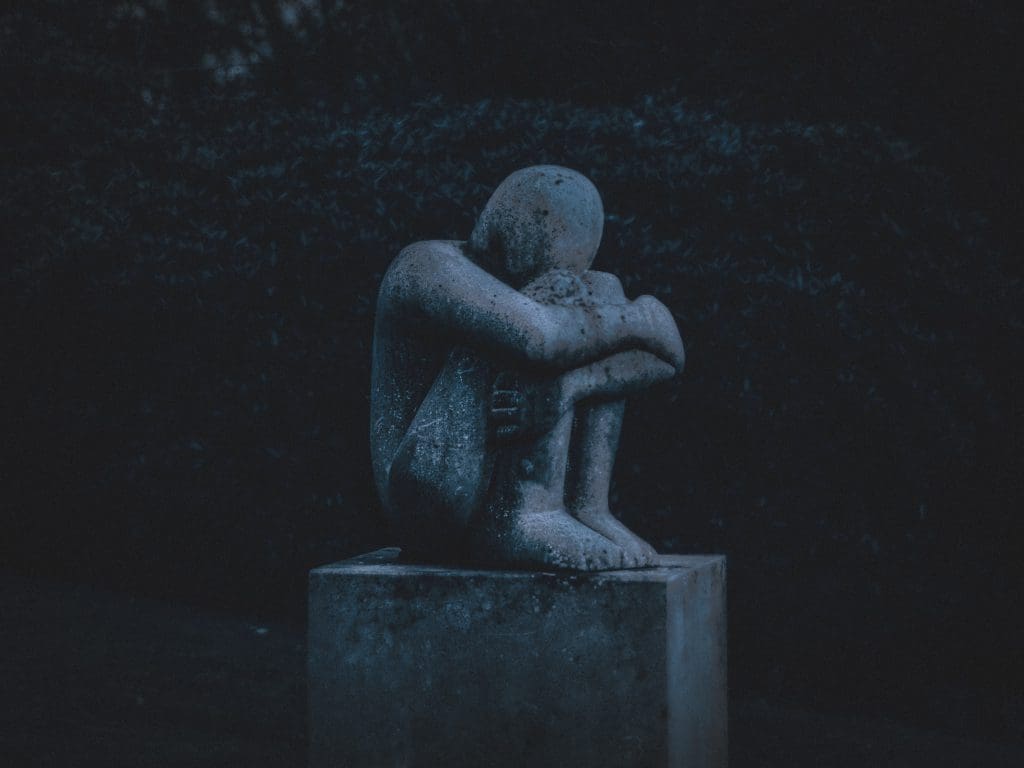



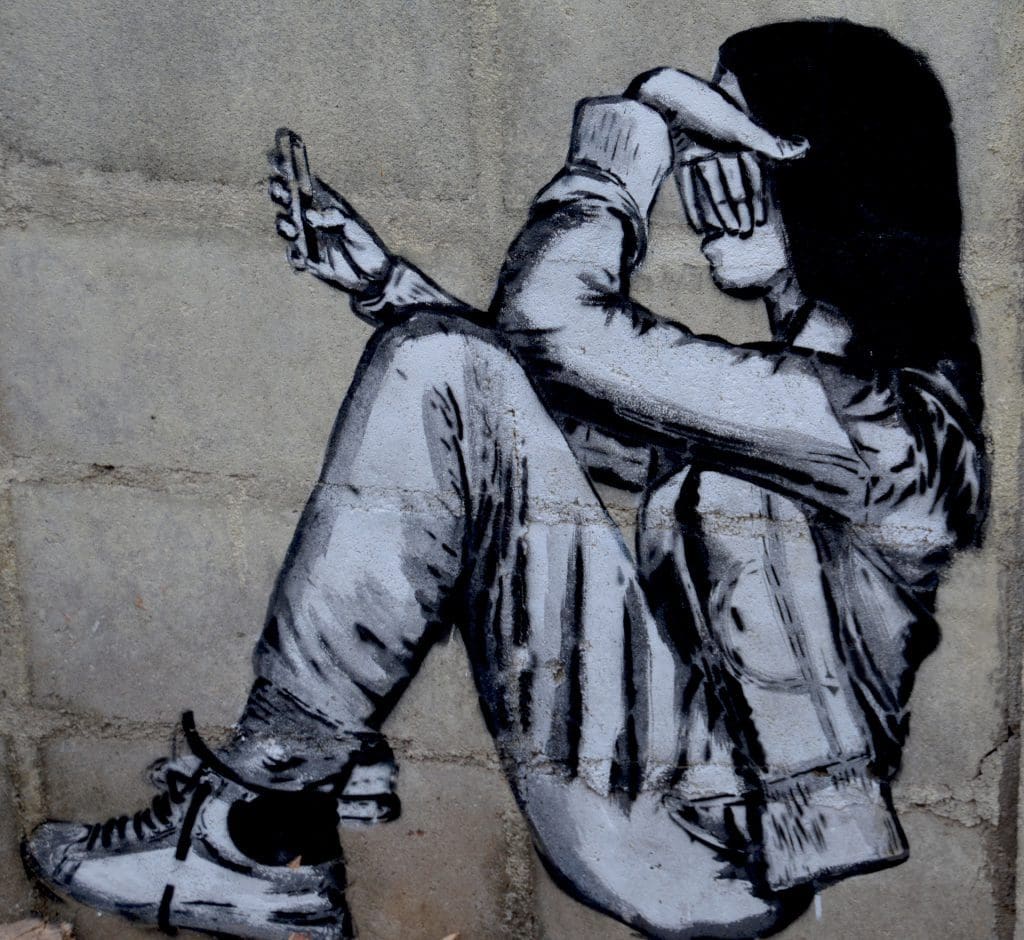
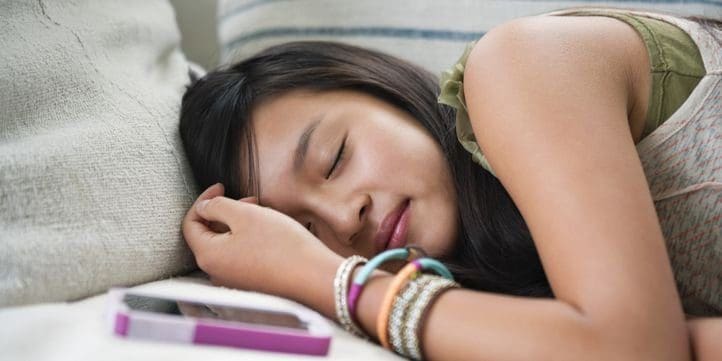
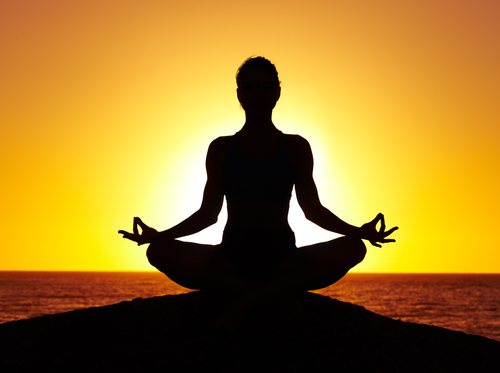
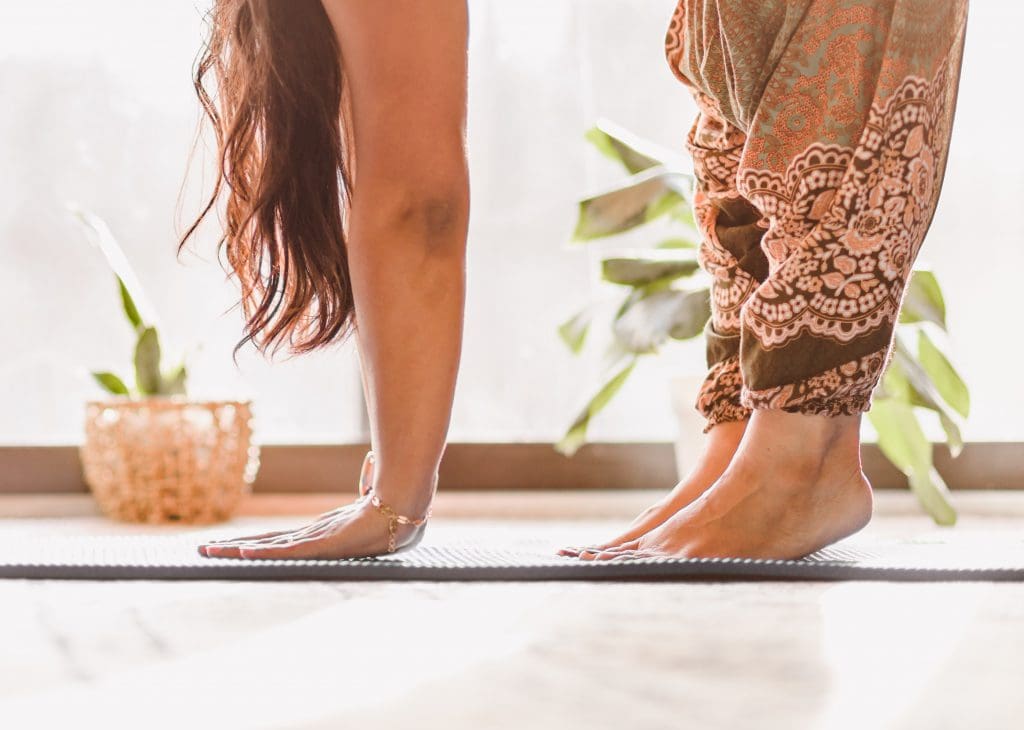

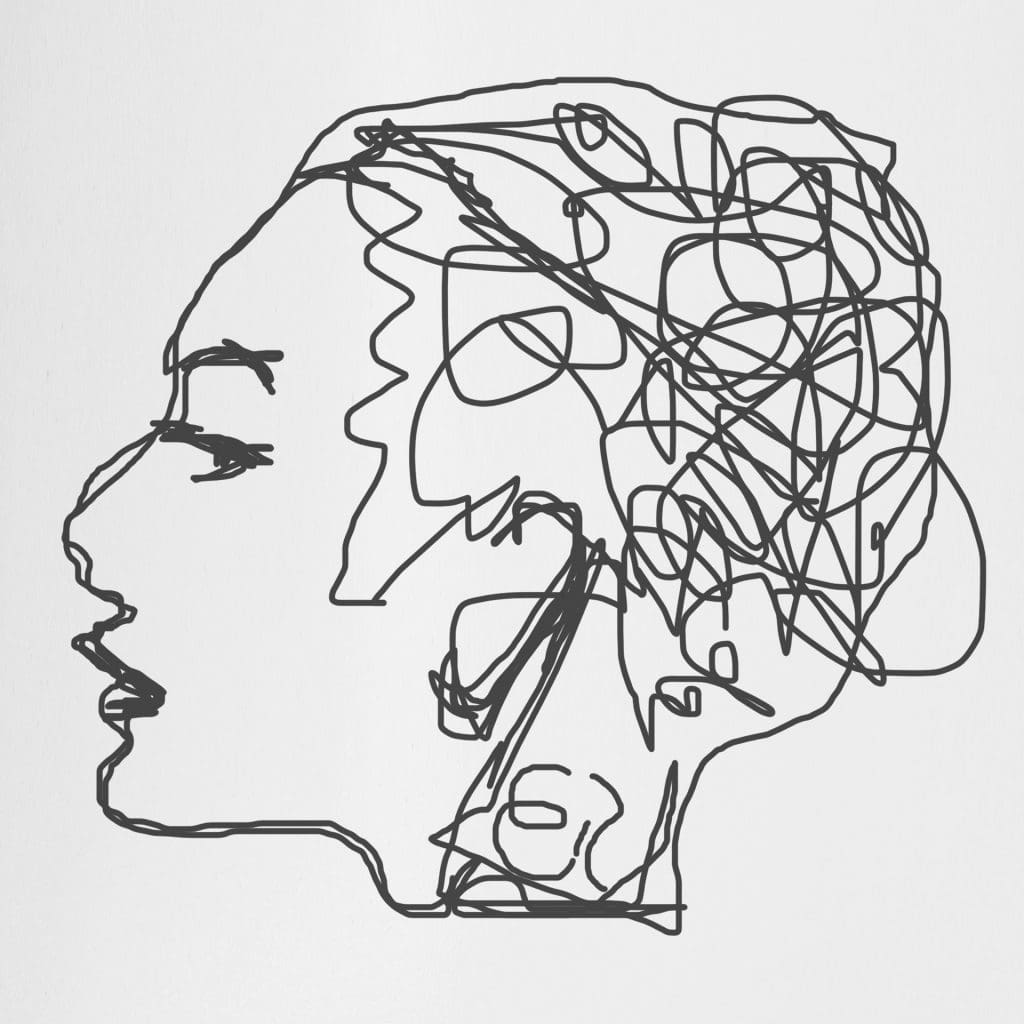
Recent Comments